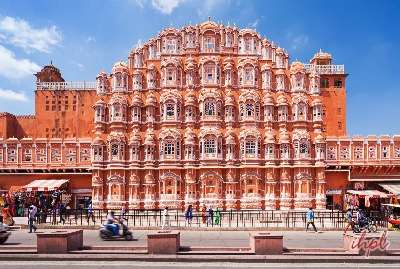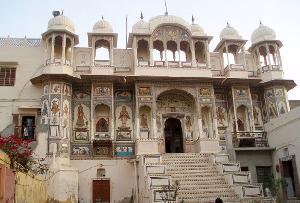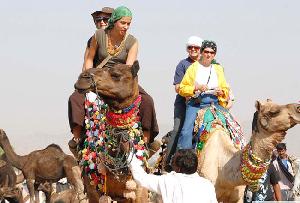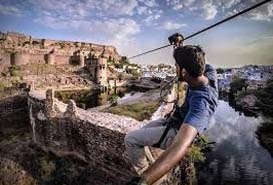Owing to the glorious history of the past, the State of Rajasthan has enriched the entire nation of India with its highly diversified culture and crafts. The various Crafts of Rajasthan that have evolved over centuries, have heightened the significance of the place as far as its ethnicity is concerned. Among these crafts, the Tie & Dye – Bandhej and Leheria deserve a special mention.
Among all the traditional styles of printing prevalent in India, the Tie and Dye hold a special place. The Tie & Dye – Bandhej and Leheria have had their origin nearly 5000 years ago.
The Bandhej and Leheria are two distinct methods of tie and Dye that have acquired ample popularity from the time of their very inception. Bandhej, which is better known as ‘Bandhani’ or ‘Bandhni’ is a highly sophisticated and complex method of cloth decoration by combining various dyes.
The technique of Bandhej involves tying of tiny dots with threads all over the body of the cloth to create various designs and motifs. In the process of Bandhej, the piece of fabric is entangled into small knots and then dipped into the Dye which eventually renders the cloth a typical design which is termed as Bandhej or Bandhani.
Leheria on the other hand, is a pattern that can be easily identified in the turbans worn by the Rajasthanis (people of Rajasthan). The wave-like style, has given the art such a name as ‘Leher’ in Hindi means waves. This style can be easily identified by the series of diagonal lines of a single color that runs across a white background thus delivering an impressive effect to the entire fabric.
The Tie & Die – Bandhej and Leheria have found maximum application in sarees, salwars, kurtas, and other forms of dress materials. These styles of Rajasthan have decorated the attires of men and women alike.












